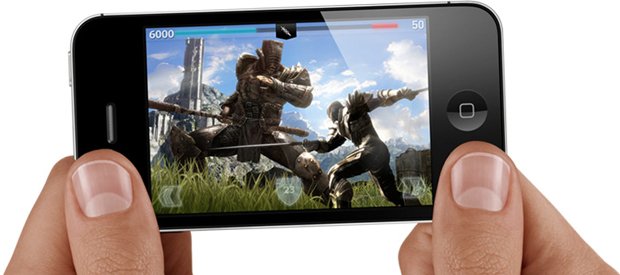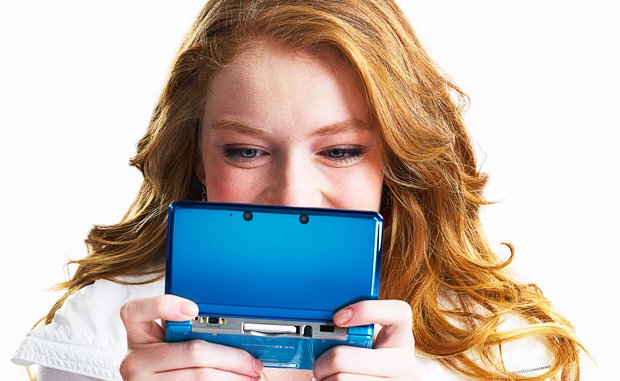Ask GR Anything: How do touchscreens work?
No, it’s not magic

Ask GR Anything is a weekly Q%26A column that answers questions submitted by readers (as well as questions we're particularly curious about ourselves). Got a burning question about games or the industry? Ask us in the comments below and you may just get it answered!
At its most basic, a touchscreen is a device that closely monitors the state of a screen. There’s not necessarily one way that it must work; you simply have to have instruments small enough and sensitive enough to detect subtle changes. When you place your finger (or stylus, depending on the type of touch interface) on the screen, something about the screen’s state is altered.

Some touchscreens, like the iPhone, use “capacitive” material that can hold a light electrical charge. The CPU monitors the amount of electric charge in the screen, and when your finger touches it or slides across, a small amount of the electrical charge is changed, which tells the computer where you’ve been touching.
The iPhone’s multi-touch technology is achieved through numerous tiny nodes arranged across the layer of material that holds the electric charge. Each node generates its own signal, allowing the computer to monitor hundreds of spots on the screen instead of monitoring its general state.
Older phones and touchscreens use technology called “resistive” screens that, much more simply, sense pressure. However, the concept is the same. The computer monitors the amount of pressure the screen receives, and displays the changes on-screen. This can seem like ancient tech when compared with the quick, responsive screens on modern phones, but it does have one benefit: Since the CPU monitors the amount of pressure across the entire screen, it can also sense how hard you’re pressing. This is useful for a number of different applications, though obviously (since the tech has been mostly abandoned) not useful enough.

Resistive screens are the kind employed in the Nintendo DS, which is why the handheld doesn’t respond well to multi-touch. Nintendo has stated that, although resistive screens may seem archaic, they’re necessary for the 3DS to be fully backward-compatible with the original DS. Everything comes at a price, it seems.
Weekly digests, tales from the communities you love, and more


